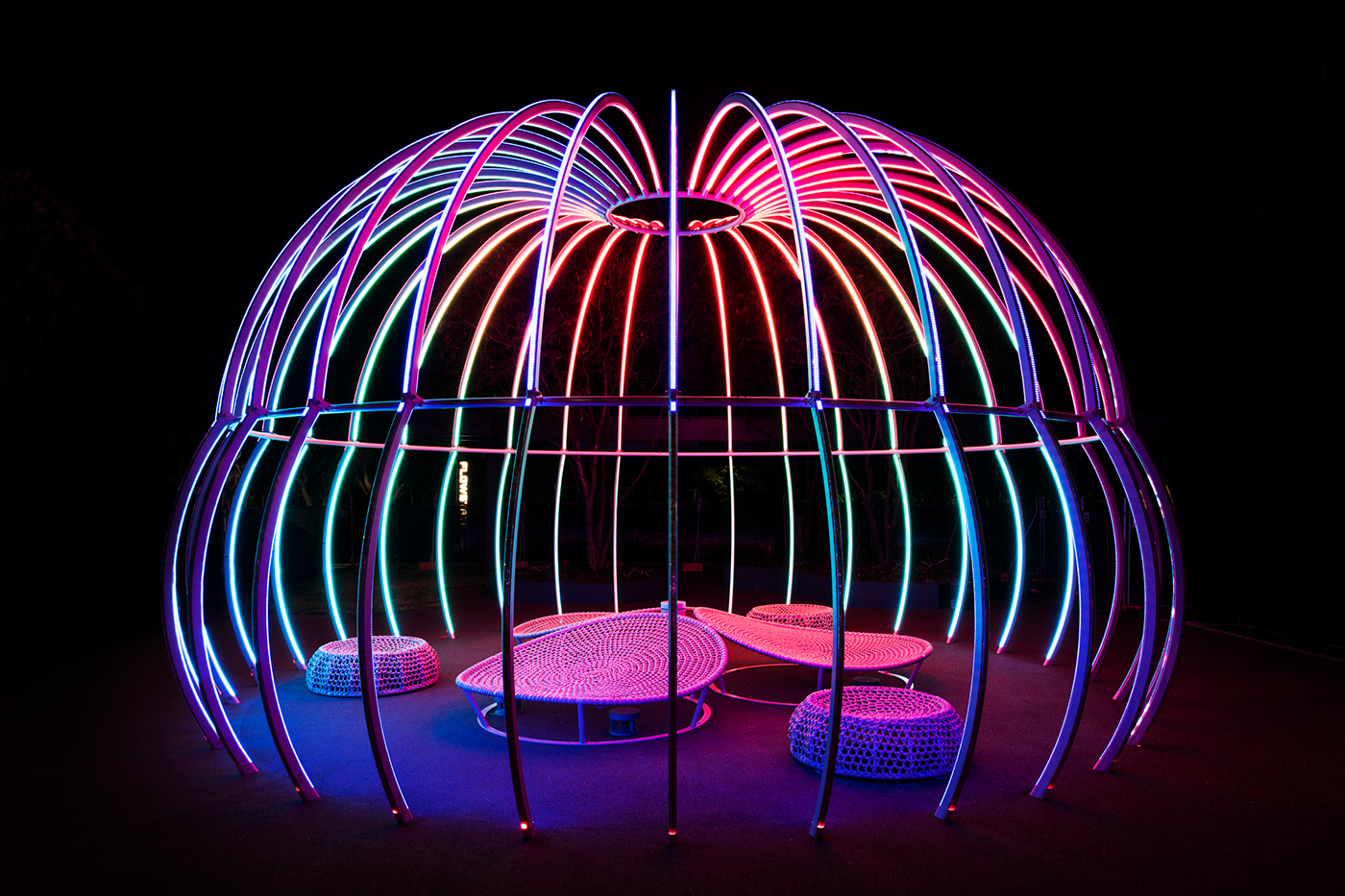

Yet the opportunity for player modelling seems largely ignored in industry since most games feature limited adaptive intelligence.

Automated modelling could teach game developers much about these differences, to make improved game-play experiences. Every player has different play preferences and skills. Thus we see a need to learn and understand more about players. However, this inclusivity has tended to result in more emphasis on the aesthetic aspect of interactivity design, and less on the challenge framed by the mechanics or logic of game-play. This partly reflects a trend towards game design and development that is more inclusive of different player types. The number of people playing digital games has risen sharply in recent years. Based on this comparison, there are summarized future directions in research, design and evaluation of video games with affective adaption. Next, the article provides a comparative analysis of affect-based adaptation methods and techniques applied in 14 adaptive video games developed in last ten years. Studies using self-reports, observational methods and psychophysiological measurements of both autonomic and central nervous systems including processing and interpretation of signals are systematically reviewed with regard of their results concerning emotional adaptation in games. The present review deals with models for presentation of emotion, techniques for measuring behavioral signals, recognition of emotions, and adaptation mechanisms applied in video games with affective feedback including methods for their assessment and validation. Video games with affect-based adaptation measure player's behaviour signals and recognize player's emotional states in order to adapt dynamically specific game features and to improve player's engagement, immersion, excitement, and challenge. Playing computer games is a predominantly emotional than rational process. We believe this approach enhances our understanding of a player's interaction with a game and provides useful insights for games' researchers seeking to devise mechanisms to adapt game-play to individual players. We begin by framing that relationship within Cowley's user-system-experience (USE) model, and expand this into an information systems framework, which enables a practical mapping of flow onto game-play. The relationship between player and game, characterized by learning and enjoyment, is central to our analysis. In this article we propose a practical, integrated approach for analysis of the mechanics and aesthetics of game-play, which helps develop deeper insights into the capacity for flow within games. Previous research has attempted this translation through analogy.
#Flowstate concentrates how to#
Nevertheless, it's not immediately obvious how to translate between the flow construct and an operative description of game-play. Flow is a well-established construct for examining experience in any setting and its application to game-play is intuitive. In the domain of computer games, research into the interaction between player and game has centred on 'enjoyment', often drawing in particular on optimal experience research and Csikszentmihalyi's 'Flow theory'.


 0 kommentar(er)
0 kommentar(er)
